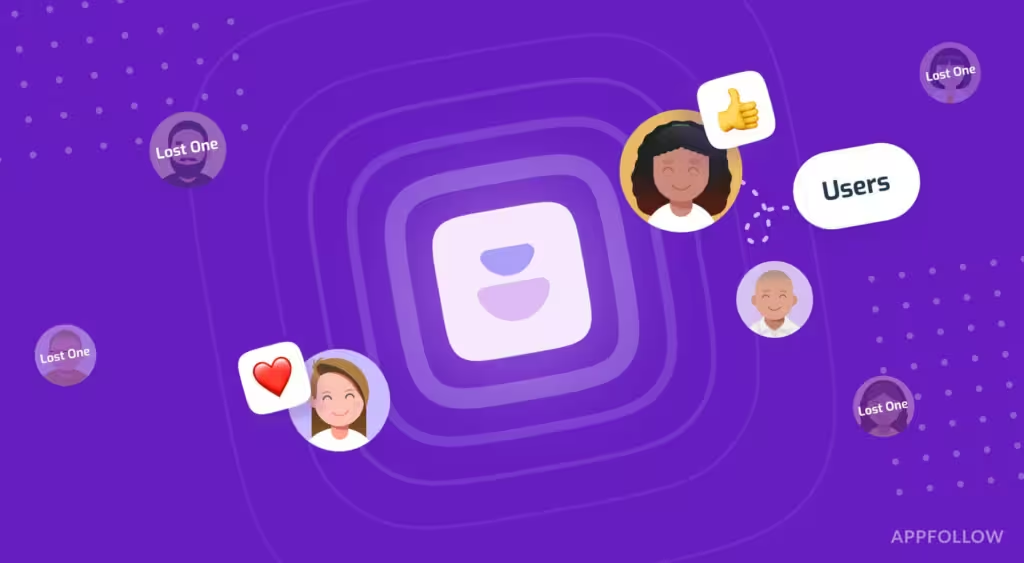
Introduction
When designing a product, one of your key goals is to keep users engaged and drive user retention. You want them to return repeatedly and eventually become paying customers. But how do you achieve this?
It all comes down to effective UX design. By creating a pleasant and easy-to-navigate user experience, you increase the likelihood that people will continue using your product. Additionally, your product must be useful and meet user needs; otherwise, interest will fade, and they’ll turn to alternatives.
In this article, we’ll explore how some of the largest consumer apps created their initial products and successfully drove user retention through strong UX design.
What Are the Benefits of Good Product Design?
When designing a product, your goal is to create something that users will love. If they don’t love it, they won’t stick around for long.
So, what makes a product desirable? Key factors include strong design, ease of use, and an excellent user experience. If you can master these elements, you’re on the right track to developing a product that encourages user retention.
However, achieving this isn’t easy. It requires hard work and dedication to get it right. You need to continually test and refine your design, striking the right balance between functionality and usability. Ensuring a top-notch user experience is essential to keep users coming back for more.
How Can I Improve My Product Design Skills?
Want to design products that encourage user retention? Here are some tips to help you get started:
- Understand Your Users: Begin by identifying what your users want. What are their needs and pain points? How can your product make their lives easier?
- Ensure Ease of Use: A user-friendly product is crucial for retention. If your product is difficult to navigate, users will quickly lose interest. Make buttons and icons intuitive, and design a straightforward interface.
- Keep It Simple: Avoid overwhelming users with too many features. A streamlined design helps users easily navigate your product without confusion.
- Focus on Details: Attention to detail is key for retention. Ensure that every element of your product is visually appealing and well-designed. Remember, the small details can make a big difference.
What Are Some Common Product Design Mistakes?
Here are a few common product design mistakes to avoid:
- Ignoring User Experience: Failing to understand your users and their needs can lead to a product that no one wants to use. Always prioritize user insights in your design process.
- Neglecting Details: A lack of attention to detail can undermine your product’s quality. Thoughtful design and craftsmanship are essential for retaining users.
- Focusing on Features Over Benefits: Many startups get caught up in showcasing new features without clearly communicating their benefits. It’s crucial to explain why these features matter to users.
- Creating a Confusing Interface: A product that’s difficult to navigate will quickly drive users away. Aim for simplicity and clarity to enhance usability.
How Can UX and Product Design Generate Revenue?
To drive revenue, strong UX and product design are crucial. Here are some key points to consider:
- Ease of Use: Ensure that users can easily find what they need and navigate your product intuitively. A straightforward experience encourages prolonged engagement.
- Deliver Value: Make sure your product offers real value. If users feel they aren’t gaining anything from it, they’re likely to abandon it for alternatives.
- Engage Users: Focus on creating a product that hooks users, keeping them engaged over the long term. This can be achieved by consistently delivering a great user experience and ongoing value.
By prioritizing these aspects, you can effectively generate revenue through your product design.
How Can I Use Product Design to Improve Customer Retention?
You can enhance customer retention through product design in several ways:
- Create a Great User Experience: Make it easy for users to achieve their goals within your product. A seamless experience encourages them to return.
- Offer Valuable Features and Content: Provide features and content that enhance the user’s experience, helping them get the most out of your product.
- Stay Current with Trends: Regularly update your product with the latest trends and technologies to ensure it remains relevant and useful to users.
By focusing on these strategies, you can effectively improve customer retention through thoughtful product design.
Conclusion
You’ve just designed a product that looks great and you’re confident people will love it. But will they keep using it? The success of your product relies not just on good design but also on user experience (UX) and retention.
If users don’t stick around, your revenue will suffer. However, if you can engage them and encourage repeat usage, you’ll see growth. So how can you design for retention? Here are some tips:
- Make It Easy to Use: The simpler it is for users to achieve their goals, the more likely they are to stay. Ensure your interface is intuitive and easy to navigate.
- Make It Personal: Users are more inclined to stick with a product that feels tailored to them. Use data from past interactions to create a customized experience.
- Keep It Interesting: A boring product won’t retain users. Regularly update the design and introduce new features to keep things fresh.
Designing for retention is crucial for any successful product. By focusing on these key aspects, you can ensure users keep coming back for more.





One response to “Designing a Product That Enhances User Retention”
[…] a captivating website is more than just aesthetics; it’s about crafting an engaging user experience that resonates with your audience. If you’re looking to build a website that grabs attention […]